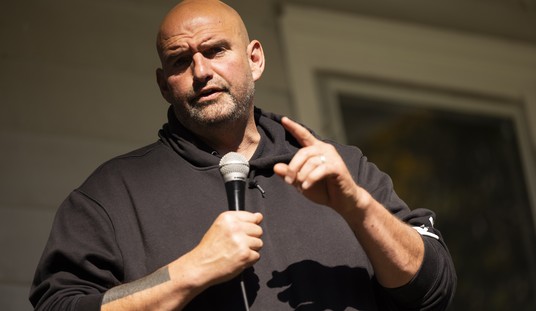When reading one of the endless stories about a just-released poll Thursday night, a pair of numbers struck my eye: 60 and 37.
Those were the percentages of white voters supporting Mitt Romney and Barack Obama in the ABC/Washington Post tracking poll. Overall, the poll showed Romney leading Obama 50 to 47 percent.
The reason those two numbers struck my eye is that they are identical to the percentages of white voters supporting Republicans and Democrats in elections for the House of Representatives in the 2010 exit poll. Overall, Republicans won the House popular vote by a margin of 52 to 45 percent, tied with 1994 for the best Republican showing since 1946.
In fact, it's the Republicans' biggest margin among white voters in House elections ever since the party was formed in 1854. Republican presidential candidates have won by bigger margins among whites only in 1920, 1972 and 1984.
Some will ascribe this to racism. But Barack Obama won enough votes from whites to win with 53 percent in 2008, more than any other Democratic nominee except Andrew Jackson, Franklin Roosevelt and Lyndon Johnson.
Recommended
Why are whites more one-sidedly partisan than just about ever before? Maybe because they're constantly being told that they're headed toward becoming a minority of the electorate. Self-conscious minorities tend to vote more cohesively.
Or because they're the objects of racial discrimination in, among other things, university admissions, as documented by Richard Sandler and Stuart Taylor in their recent book, "Mismatch."
Republicans are often told that their party is headed toward minority status because of the rising numbers of heavily Democratic non-whites. Many analysts, even the perspicacious Ron Brownstein of National Journal, tend to lump all non-whites together.
But the three categories of non-whites — blacks, Hispanics and Asians — are strikingly different in partisan terms.
Blacks, 13 percent of the electorate in 2008 and 11 percent in 2010, are almost unanimously Democratic and remain so this year. They've been about 90 percent Democratic since 1964.
But they are not a rising percentage of the population. And in post-Obama America, they may find themselves split on issues, with some switching parties, as members of other ethnically defined groups have done historically.
Even this year, they tend to oppose same-sex marriage, the opposite of the position Obama took last May.
Hispanics were 9 percent of the electorate in 2008 and 8 percent in 2010. Those percentages will rise as young Hispanics come of voting age — but probably not to the levels suggested by straight-line extrapolations from the years of heavy Hispanic immigration from 1982 to 2007.
Since then, more people have migrated to Mexico from the United States rather than the other way around. The most recent immigration figures show more Asian than Latin immigrants.
Recent polls suggest that Obama may run even stronger among Hispanics than his 67 to 31 percent margin in 2008. That will help him in target states Colorado and Nevada. But polls in the biggest target state, Florida, show Hispanics about evenly divided, even though less than half are Cuban-Americans.
Republicans got 38 percent of Hispanic votes in 2010, enough to win the total national vote. In the future, Hispanics are likely to vote more Democratic than average, but not hugely so. And they're likely to become 12 to 15 percent of the electorate someday, not 20 or 25 percent.
The third group of non-whites are Asians, 2 percent of the electorate in 2008 and 2010. They're the least Democratic non-white group, 62 percent for Obama in 2008 and 58 percent for House Democrats in 2010. Current polling suggests similar numbers this year.
But Asians aren't a single cohesive group and may not be reliably Democratic over time. They voted Republican for president in the 1990s.
Most Asian-Americans live in heavily Democratic California and Obama's birth state Hawaii. In target states, they formed 3 percent of the electorate in Nevada and Virginia in 2008.
Nevada Filipinos will vote heavily Democratic. But Republicans are working the Korean, Vietnamese and Chinese communities in Northern Virginia. In non-target state New Jersey, South Asians in Middlesex County cast decisive margins for Republican Chris Christie in 2009.
So puncture a couple of myths. Romney can win even if 80 percent of non-whites vote again for Obama. And rising percentages of non-whites in future electorates will pose challenges, but not threaten doom, for the Republican Party.


